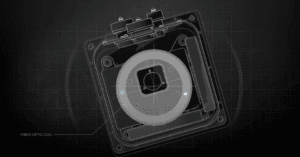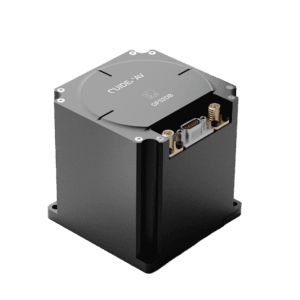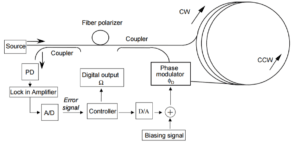
Fiber Optik IMU ve INS İçin Yaşlanma Testleri Neden Önemlidir?
Fiber Optik IMU ve INS'ler için yaşlanma testleri gereksiz maliyetler değildir; raf ömrünü tahmin etmek, garanti sürelerini belirlemek ve gerçek dünya stresi altında görev güvenilirliğini sağlamak için kullanılan bilimsel yöntemlerdir.

Bir Fiber Optik INS Görev Öncesinde Navigasyon Başlatma İşlemini Nasıl Gerçekleştirir?
Fiber optik bir INS, kalkıştan önce sıcaklığı sabitleyerek, jiroskopları ve ivmeölçerleri hizalayarak, sapmayı tahmin ederek ve kaba-ince tutum hizalaması gerçekleştirerek başlatılır; böylece uçuşun ilk saniyesinden itibaren doğru navigasyon sağlanır.

Fiber Optik IMU'ların Neden Düzenli Olarak Açılması Gerekir?
Fiber optik IMU'nun düzenli olarak çalıştırılması, termal ortamını dengeler, önyargı kalibrasyonunu yeniler ve elektronik bileşenlerin uzun vadede bozulmasını önler; böylece hızlı başlatma ve güvenilir performans sağlanır.

FOG North Finder ve FOG INS Arasındaki Gerçek Fark Nedir?
FOG kuzey bulucu ve FOG INS aynı şey değildir. Kuzey bulucu, Dünya'nın dönüşünü kullanarak gerçek yön bilgisi sağlarken, FOG INS, jiroskoplar, ivmeölçerler ve navigasyon algoritmaları aracılığıyla konum, hız ve konum gibi eksiksiz navigasyon verileri sunar.

Mühendislerin Fiber Optik Jiroskopları (FOG) Kullanırken Yaptığı 10 Yaygın Hata
FOG'lar genellikle kötü tasarımdan değil, kullanım hatalarından (yanlış hizalama, titreşim, zayıf kalibrasyon veya EMI'nin göz ardı edilmesi) dolayı sahada arızalanır. Bu 10 yaygın hatadan kaçınmak, navigasyon seviyesinde performans sağlar. GuideNav, alıcıların ve mühendislerin başarılı olmalarına yardımcı olmak için uzman entegrasyon desteğiyle ITAR'sız FOG'lar sunar.

Açık Döngü mü Kapalı Döngü FOG mu? Farkı Anlamak
Açık devre FOG'lar, İHA'lar ve robotlar için orta düzeyde hassasiyete (1–10 °/sa) sahip, kompakt ve uygun maliyetlidir. Kapalı devre FOG'lar ise ultra yüksek hassasiyet (0,001–0,1 °/sa) sağlayarak denizaltılar, füzeler ve havacılık sistemlerinde vazgeçilmezdir.
